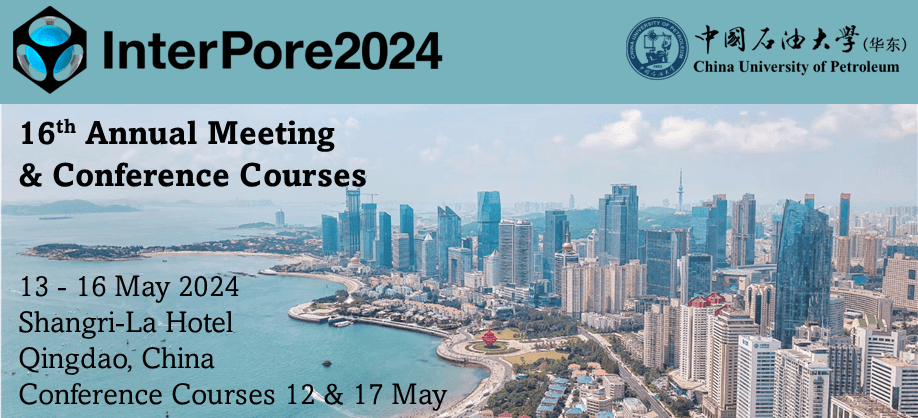Speaker
Description
Shale oil is an abundant unconventional resource in the world. However, due to the highly heterogeneous of shale reservoirs, the shale oil is difficult to flow in the porous media, resulting in the uncertainty efficiency of industrial exploration for shale oil. Threshold pressure gradient is the key property to characterize the mobility of shale oil. Usually, shale rock has abundance of pores in nanometer, and the structure is more tight than other reservoirs. It is challenging to study threshold pressure gradient for shale oil by traditional theoretical and laboratory methods in low-permeability reservoirs. In view of this, our work will quantify the threshold pressure gradient and reveal the mechanism of threshold pressure for fluids flow at nanoscale by molecular simulation. In our work, the threshold pressure of oil flow in silica nanochannel was quantified firstly by “pressure - velocity” method. The “pressure-velocity” shows the oil flow would be divided into three stages, via vibrate stage, initial stage and flow stage, showing non-Darcy flow. After that, the size of silica nanopore with 2nm, 4nm, 6nm, 8nm and 10nm, was constructed to study the size effect of threshold pressure. The calculated threshold pressure indicates that the critical pressure for oil to flow in nanopores would exponential increased with the decrease of height. When the height of nanochannel increases to 10nm, the threshold pressure was very small. Also, the height of silica nanochannel would influence the fluids properties, such as density, viscosity, etc. Due to the decrease of nanochannel, the proportion of adsorbed oil molecules in nanochannel would increase, thus influencing the viscosity and critical pressure to flow. Meanwhile, with the decreased nanochannel, the interaction between shale oil and nanochannel would increase, and more pressure are needed to make the shale oil flow. There is a highly correlation between threshold pressure and interaction energy. Intrinsically the critical pressure of oil is the energy needed to disturb or force the adsorbed oil film flow in nanochannel. Furthermore, the threshold pressure for shale oil is also related with rock types, such as quartzite, carbonate and kaolinite, etc, especially for oil in very small nanochannel. Our work provides a new insight into the shale oil flow in porous media, which is meaning for exploration of shale oil resources.
| Country | China |
|---|---|
| Conference Proceedings | I am interested in having my paper published in the proceedings. |
| Student Awards | I would like to submit this presentation into the MDPI student poster award. |
| Acceptance of the Terms & Conditions | Click here to agree |




.jpg)
